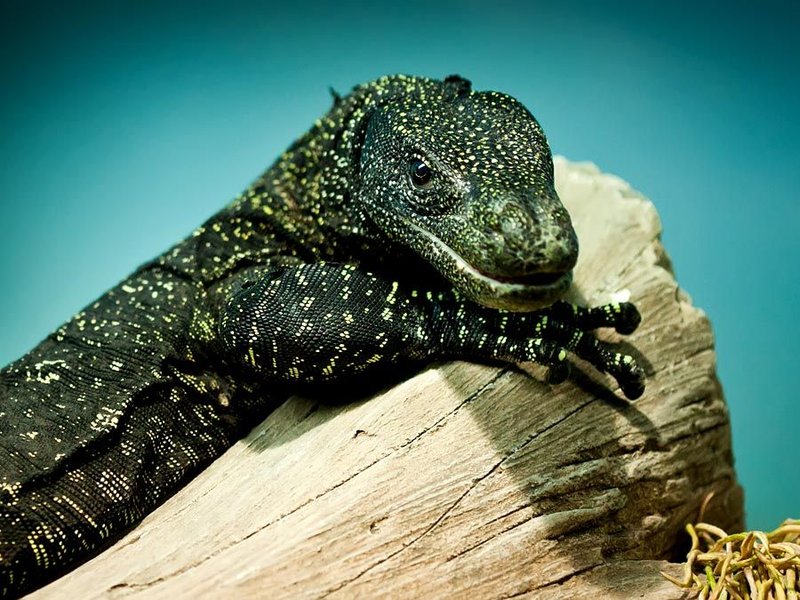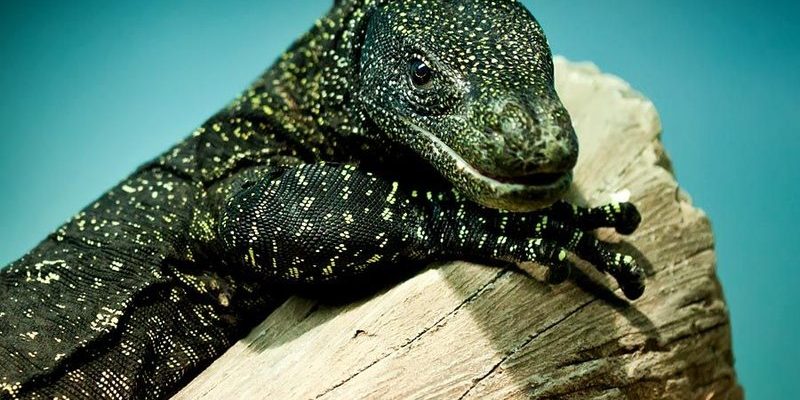
Imagine a small dragon, zipping through the underbrush with agility and speed. That’s a monitor lizard for you! With their sharp claws, strong tails, and sometimes oversized jaws, they can certainly look intimidating. But are they really out to get us? In this article, we’ll dive into the world of monitor lizards, exploring their behaviors, habitats, and whether or not they should make you nervous when you encounter one.
What Are Monitor Lizards?
Monitor lizards belong to the family Varanidae, which includes about 80 different species. Ranging from the small, darting dwarf monitor to the massive Komodo dragon, these reptiles are fascinating for many reasons. Most species are found in Africa, Asia, and Australia, favoring habitats like forests, scrublands, and even urban areas.
What makes them particularly interesting is their intelligence. Monitor lizards are often considered the smartest of all lizards. They can learn from experience and even exhibit problem-solving skills. Imagine your pet cat trying to figure out how to get a treat from a tricky puzzle; that’s the level of cleverness we’re talking about here. This intelligence can sometimes lead to behaviors that you might find surprising!
Additionally, they are excellent hunters. With a keen sense of smell, courtesy of their split tongues, monitor lizards can track down prey quite effectively. This brings us to a critical point: their hunting abilities can make them dangerous, especially if they feel threatened.
Are Monitor Lizards Aggressive?
You might be thinking, “But how aggressive are they really?” Here’s the thing: monitor lizards can display aggressive behavior if they feel cornered or threatened. Most encounters with humans happen when these lizards are surprised, and their first instinct is to defend themselves.
While not all species are prone to aggression, larger ones like the Komodo dragon can indeed be dangerous. Their bites can be severe and even infectious, thanks to the bacteria in their mouths. If you’re hiking in areas where monitor lizards roam, it’s best to keep your distance. A curious lizard can quickly turn defensive if it perceives you as a threat.
That said, smaller varieties are often more skittish and will usually try to escape rather than confront. It’s essential to respect their space and observe them from a safe distance. Like any wild creature, they prefer to avoid conflict if they can.
Common Misconceptions About Monitor Lizards
There are a lot of myths floating around about monitor lizards. One common belief is that all monitor lizards are venomous. While some species do possess venom, it’s not lethal to humans. In fact, most bites result in nothing more than a painful reminder to keep your distance.
Another misconception is that monitor lizards actively hunt humans. In reality, these lizards primarily feed on smaller animals, insects, and eggs. They are more interested in finding their next meal than seeking out human encounters. So, unless you’re actively provoking one, they’re likely more curious than dangerous.
You might also hear that monitor lizards have an extreme temper. While they can be aggressive, especially when caught off guard, they don’t generally exhibit the kind of unprovoked aggression that prompts concern. It’s all about understanding and respecting their behavior and habitat.
How to Safely Encounter a Monitor Lizard
If you find yourself in an area where monitor lizards live, it’s essential to know how to handle the situation safely. Here are a few tips to keep in mind:
- Keep your distance: If you spot a monitor lizard, enjoy the moment but stay several feet away. A good rule of thumb is to observe from at least 10 feet away.
- Don’t feed them: While it might be tempting to toss them a snack, feeding wildlife can lead to aggressive behavior and dependency on humans.
- Avoid cornering: If you see one, give it plenty of room to escape. They can be surprisingly quick when fleeing from perceived threats.
- Learn about local species: Understanding the specific monitor lizard species in your area can help you know what to expect regarding size and behavior.
Following these simple guidelines can ensure you have a safe and enjoyable experience while observing these remarkable reptiles in their natural habitat.
The Role of Monitor Lizards in Their Ecosystem
Monitor lizards play a crucial role in their ecosystems. As predators, they help control populations of smaller animals, which maintains a balance in their environment. When they hunt and consume prey, they also contribute to the nutrient cycle by returning energy to the ecosystem.
Moreover, their presence can indicate a healthy habitat. A diverse range of monitor lizard species is often a sign of a thriving ecosystem. Protecting their habitats is essential for biodiversity and overall environmental health.
Also, monitor lizards can be prey for larger animals, including birds of prey and crocodiles. They fit into the food web just like any other animal, making their existence essential for ecological balance.
Are There Any Health Risks?
While monitor lizards generally aren’t out to harm humans, there are some health risks to consider. Their bites can be painful and, depending on the species, can carry bacteria that lead to infections. If a monitor lizard does bite you, it’s important to clean the wound thoroughly and seek medical attention if necessary.
Besides bites, there’s also the risk of zoonotic diseases—diseases that can jump from animals to humans. Monitor lizards can carry salmonella, which can be transmitted through contact. This is another reason to avoid handling them. If you’re in an area where they roam, wash your hands thoroughly after any contact with surfaces they may have touched.
Ultimately, monitor lizards are fascinating creatures that deserve respect. By understanding their behavior and the potential risks, you can appreciate these lizards while staying safe.
So, can monitor lizards be dangerous to humans? The answer is nuanced. While certain species have the potential to inflict harm, most encounters are non-aggressive. They typically prefer to avoid interactions rather than confront humans. By keeping a healthy distance and respecting their space, you can enjoy the beauty of these remarkable reptiles without any concerns.
Remember, just like any wild animal, monitor lizards have their place in nature. They’re part of a complex ecosystem, and understanding them helps us coexist peacefully. So, the next time you hear about monitor lizards, you can appreciate their role in the wild—and feel confident that you know how to stay safe in their presence.

